Industry
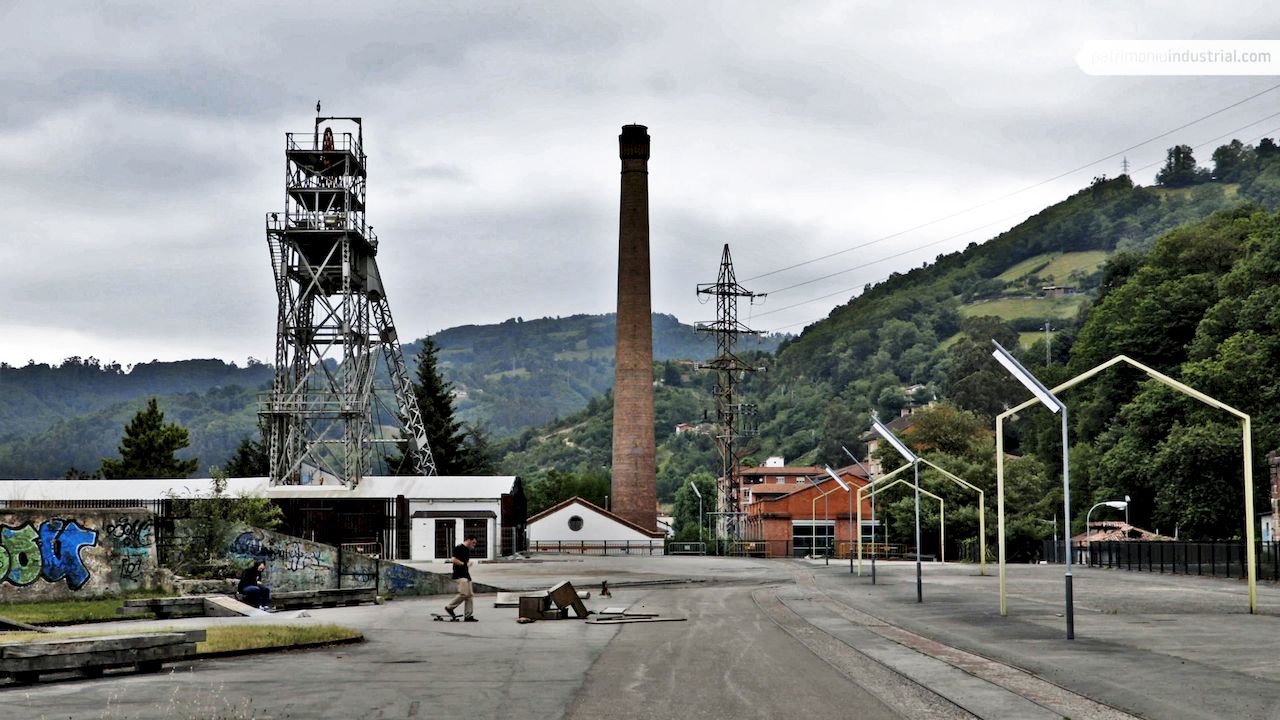
372443960
Barredo Mine
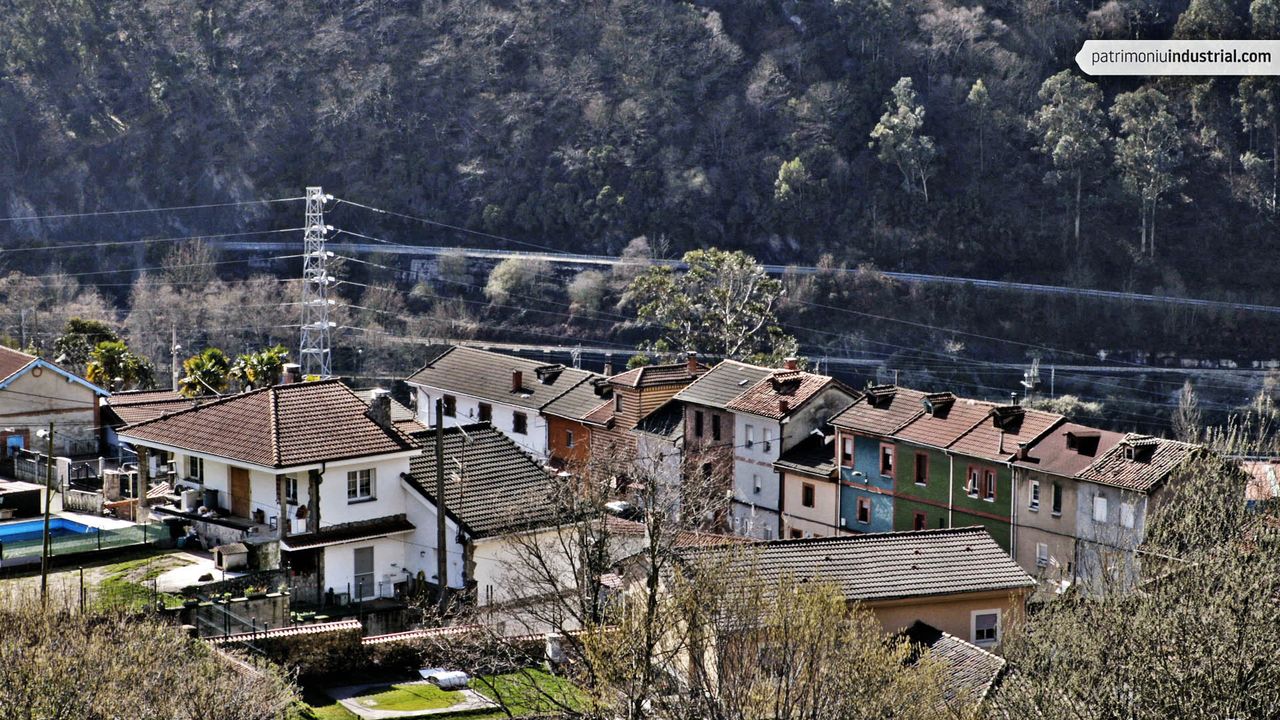
345200303
Las Piezas
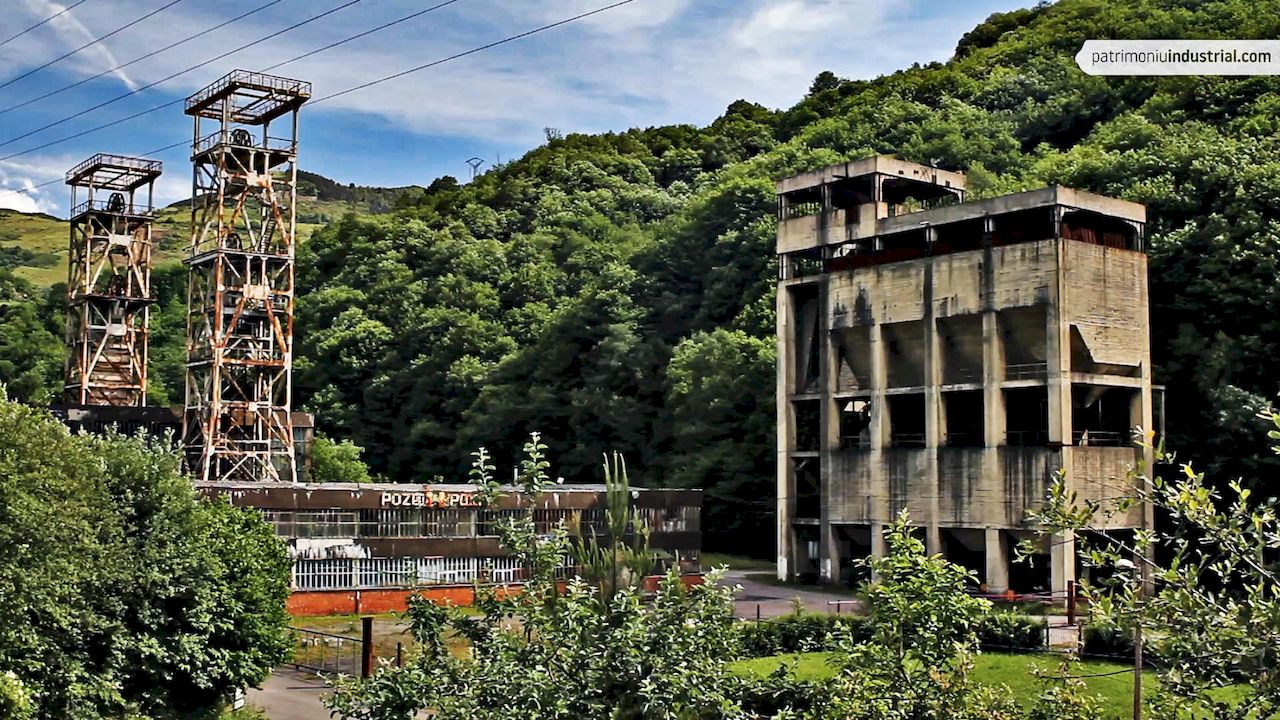
363101986
Polio Mine

345339024
Fábrica de Mieres
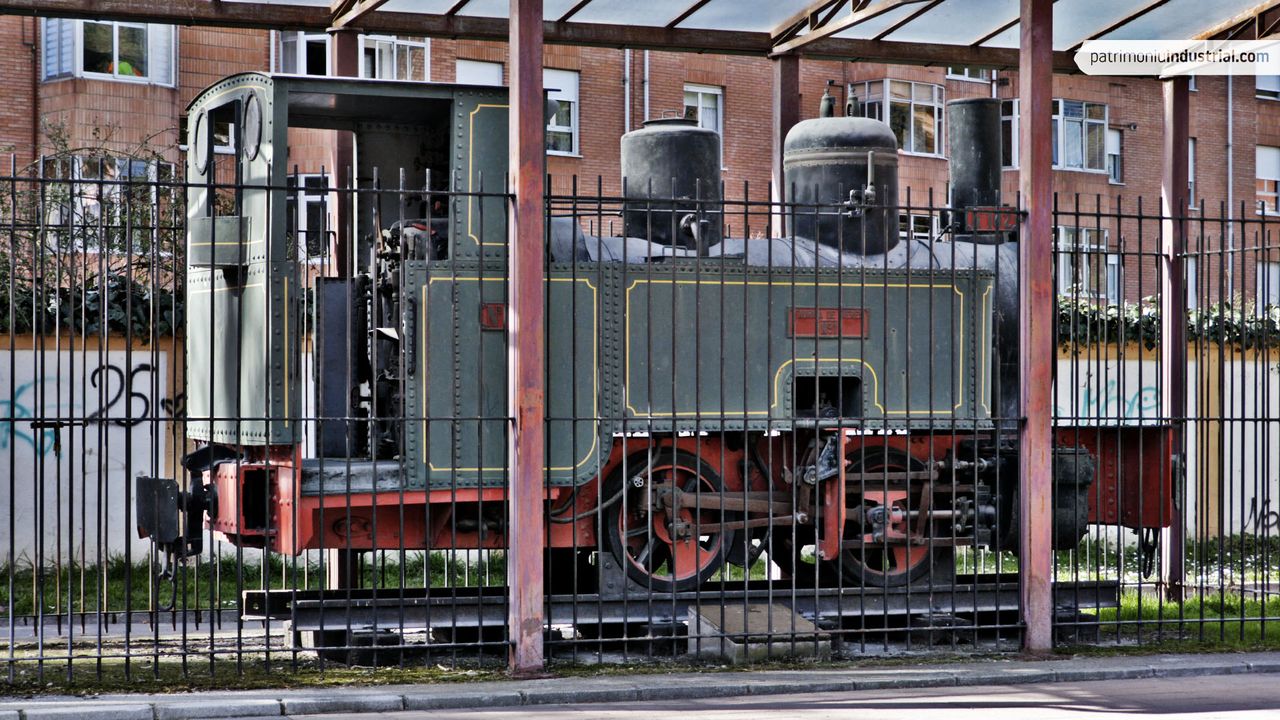
527430615
FM 102 Locomotive
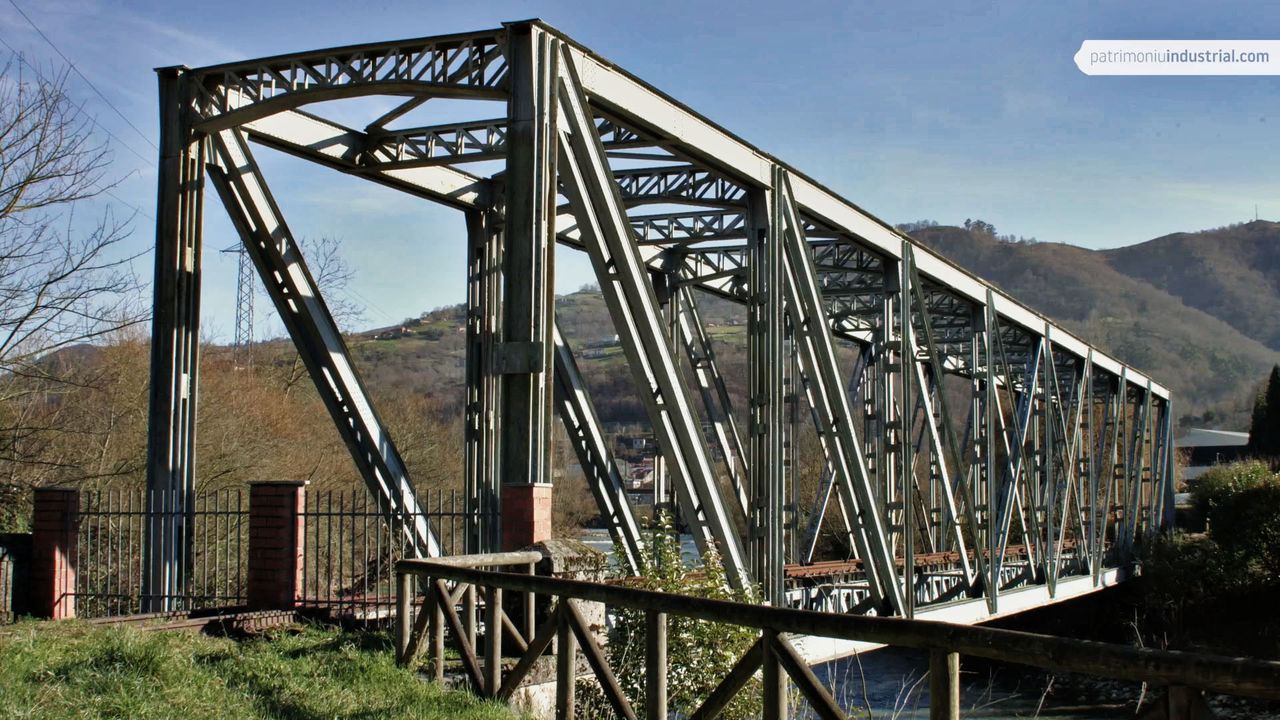
353246321
The Englishmen's Bridge
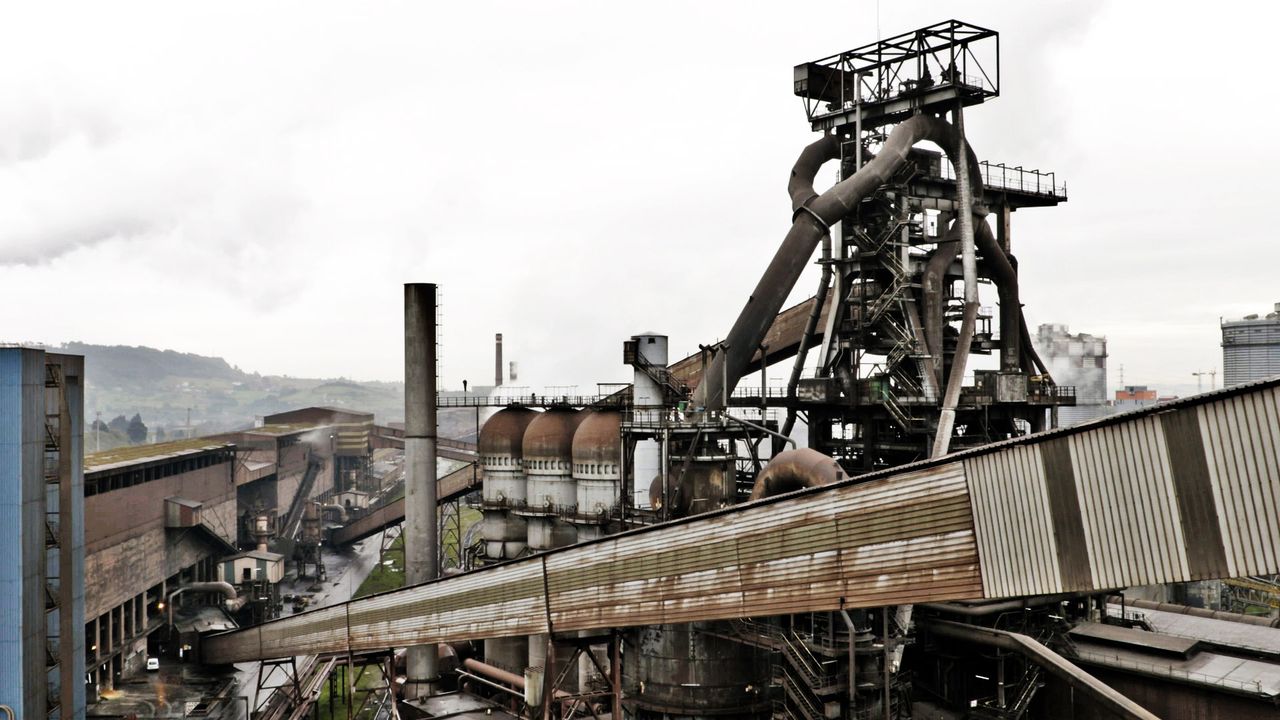
345097448
UNINSA
The origins of Fábrica de Mieres date back to 1842 with the foundation of the Asturian Coal and Iron Company in London, which aimed to exploit coal and iron mines and start up an iron factory in Mieres. It was followed by the Asturian Mining Company -or Compañía Anglo Asturiana- in 1844, promoted by the industrialist John Manby with the participation of English, French and Spanish investors. Four years later, the first blast furnace in the factory, located in the town of Ablaña in Mieres, began to operate.
The difficulties posed by the lack of adequate communication routes led to the failure of this company and of its successor, the Compagine Minière et Métallúrgique des Asturies. In 1870, the properties were taken over by Societé Hullière et Métallúrgique des Asturies, led by the French entrepreneur Numa Guilhou. In 1879 it was renamed Sociedad Fábrica de Mieres.
In 1873, the mining engineer Jerónimo Ibrán was incorporated and the Pola de Lena-Gijón (1874) and Madrid-Gijón (1884) railway lines were opened. This facilitated the company's definitive take-off.
In addition to the start-up of the factory, Fábrica de Mieres developed an intense mining activity in the area, with shafts such as Barredo, Nicolasa and Polio, in Mieres, as well as the Cobertoria group in Lena and other mines in Oviedo, Langreo, Siero, Llanera and Quirós.
In 1961, together with Fábrica de Moreda y Gijón and Duro Felguera, the company set up Unión de Empresas Siderúrgicas Asturianas, S.A., UNINSA. Their aim was to work with a modern rolling mill in Veriña, Gijón, which would be completed with the construction of a steelworks facility in this location. In 1973, UNINSA was taken over by the state-owned company ENSIDESA. This brought the closure of the facilities of Fábrica de Mieres, starting in 1974 with the Martín-Siemens steelworks and ending in 1980 with the plate mill complex. The workers were gradually transferred to the factories in Gijón and Avilés.


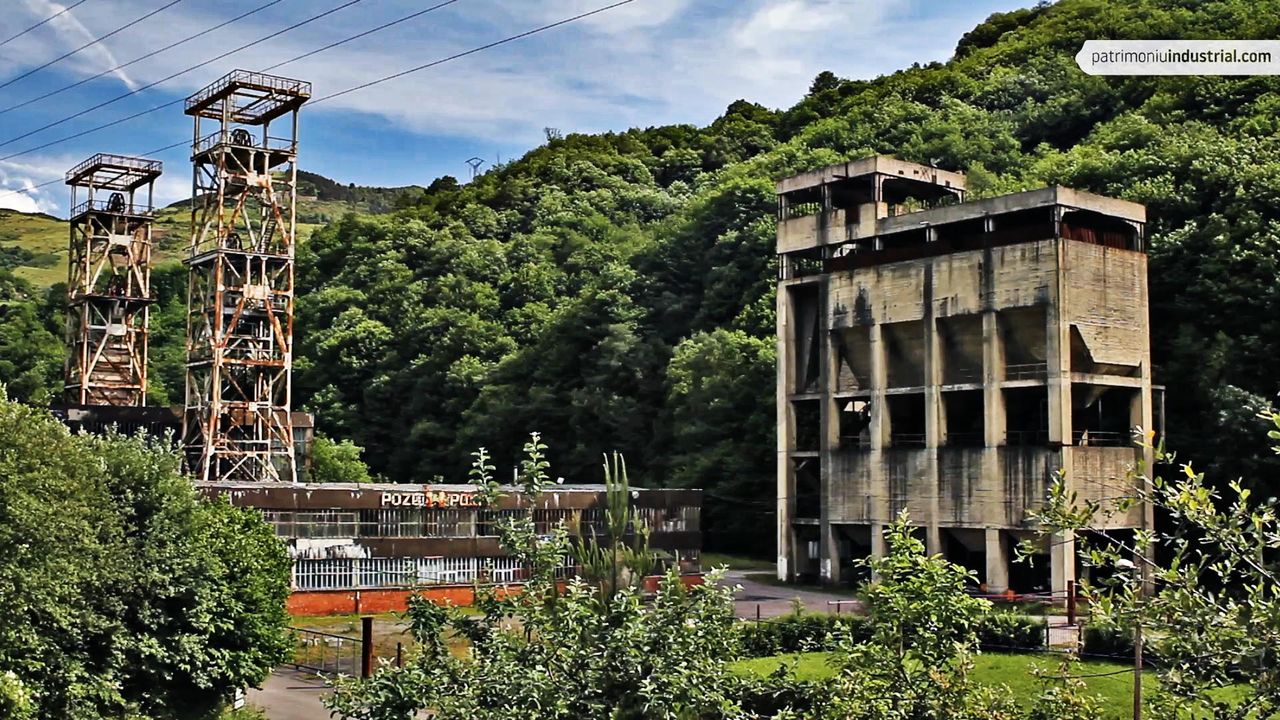
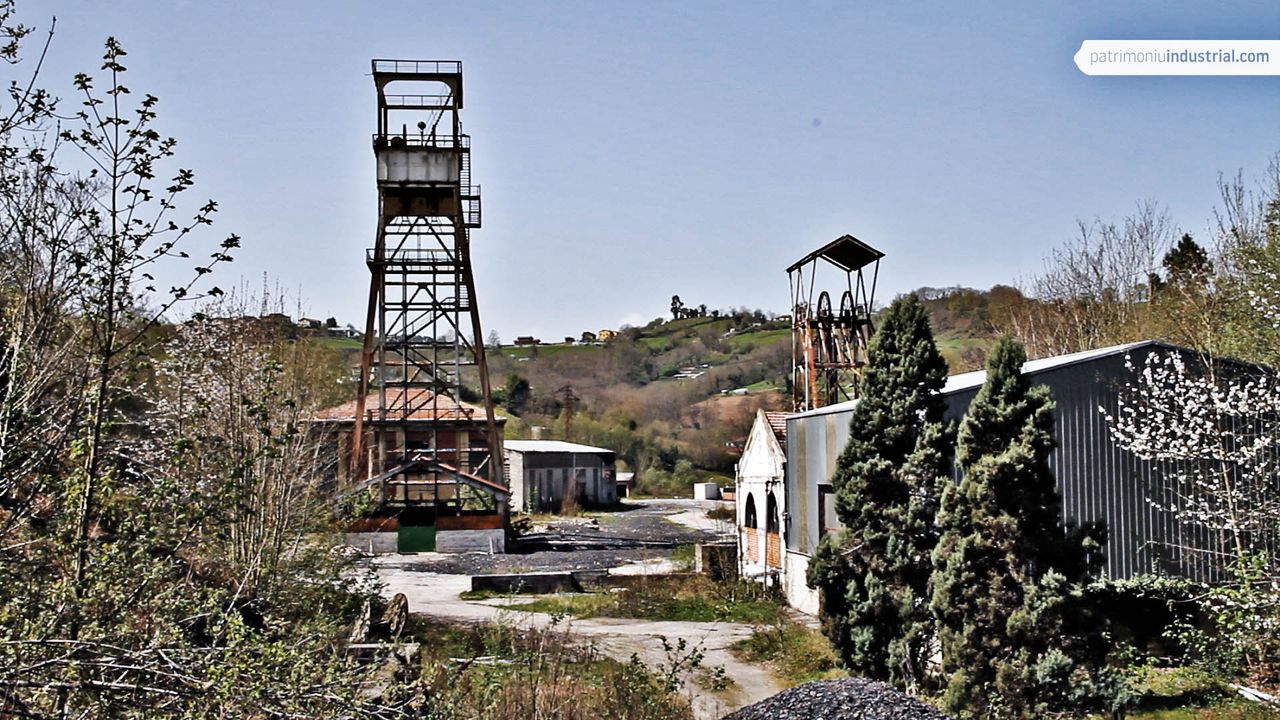

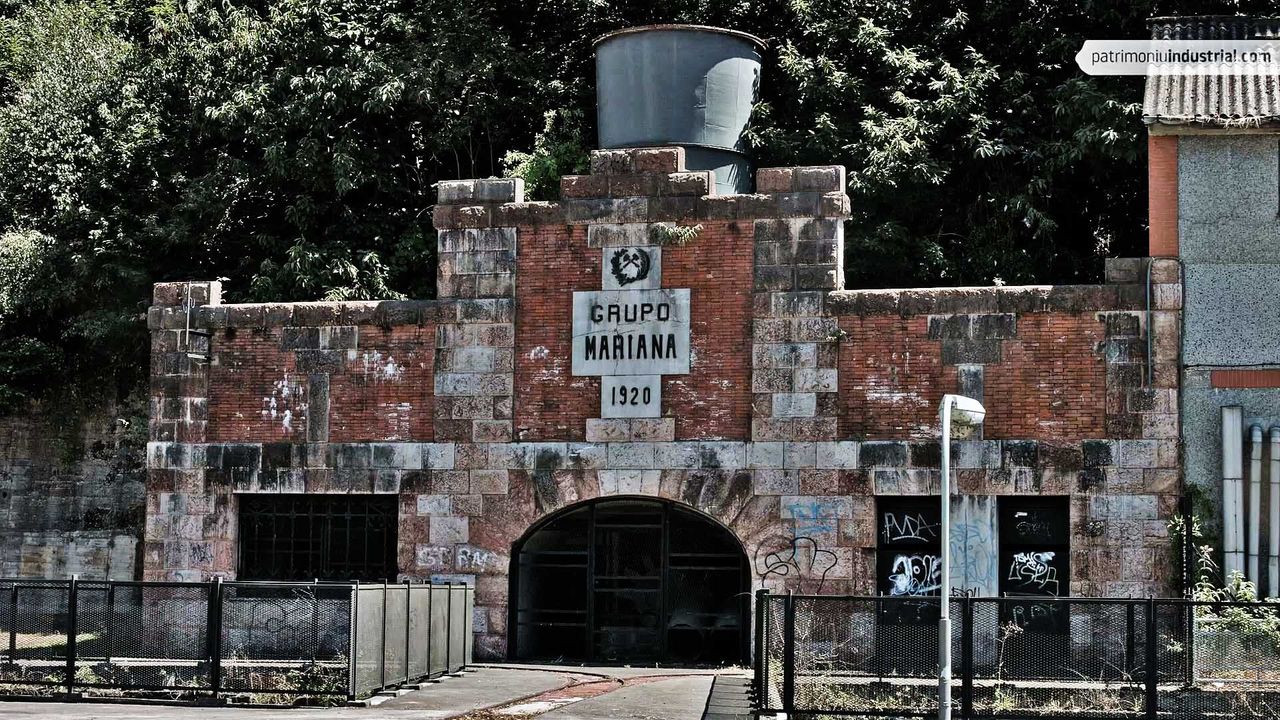



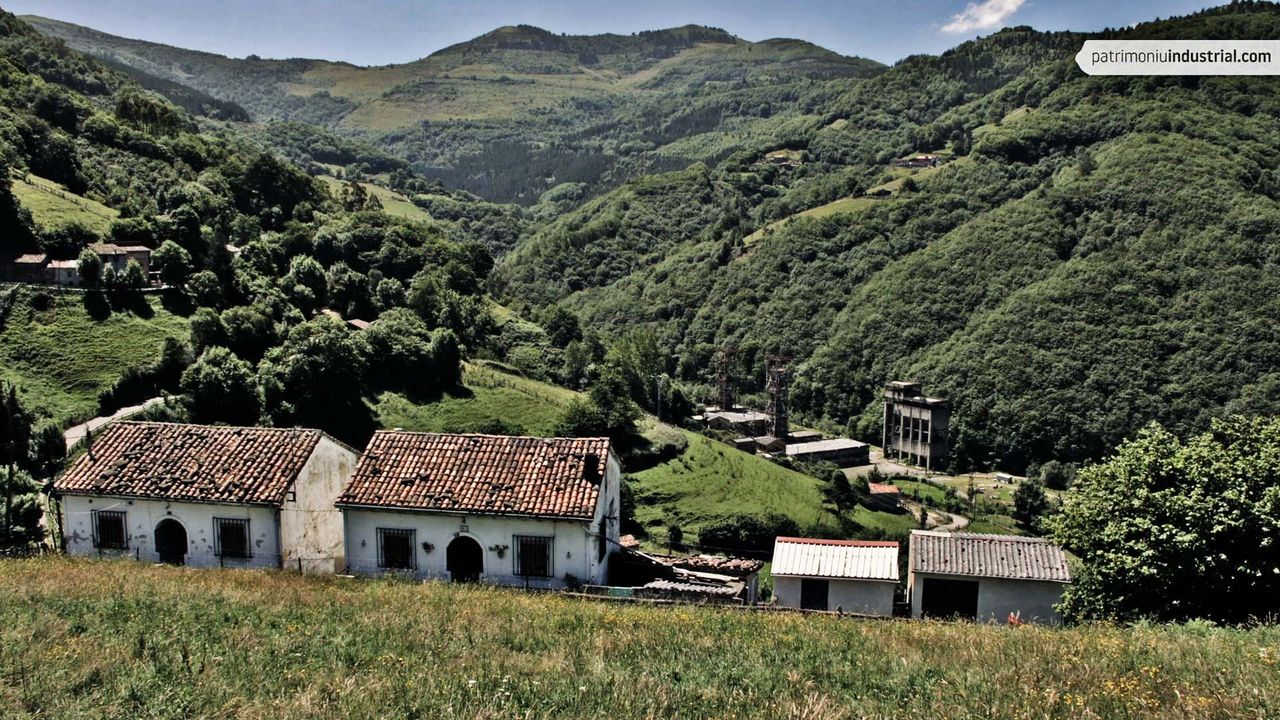
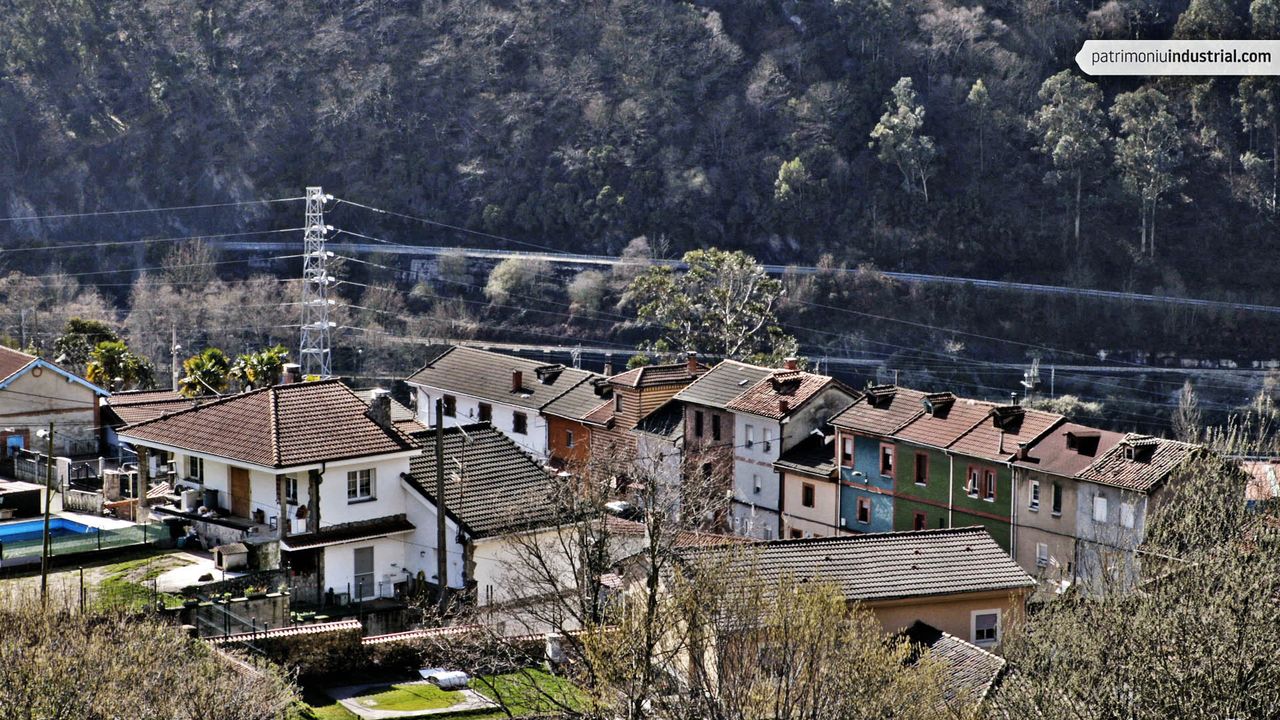
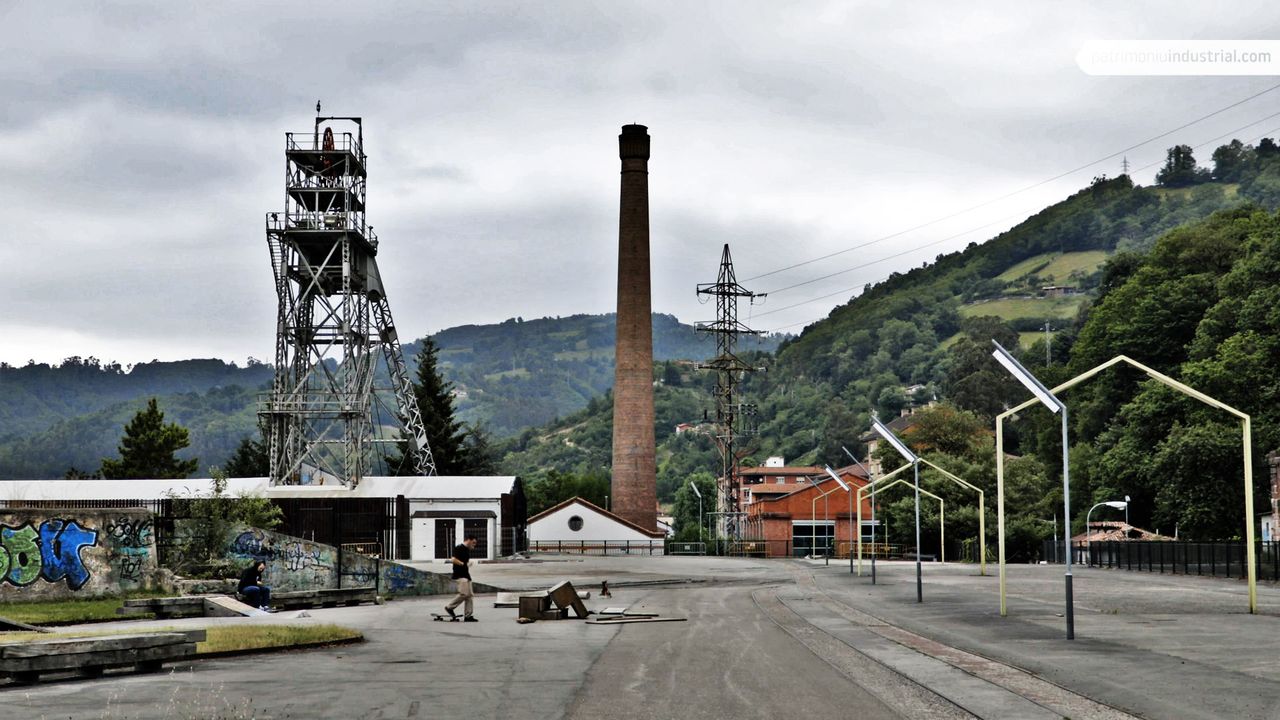
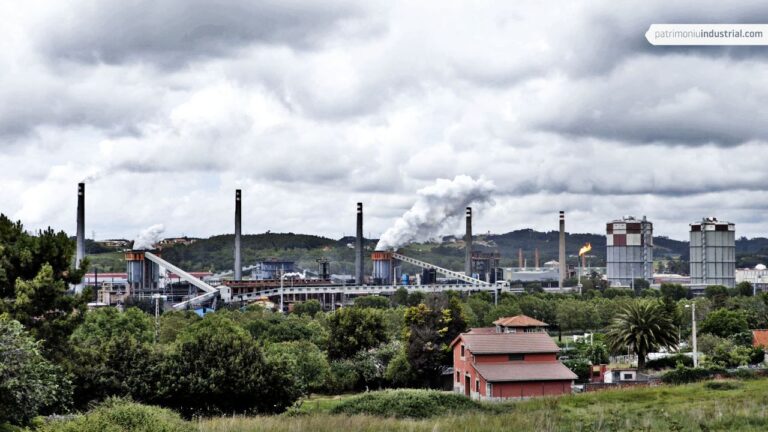
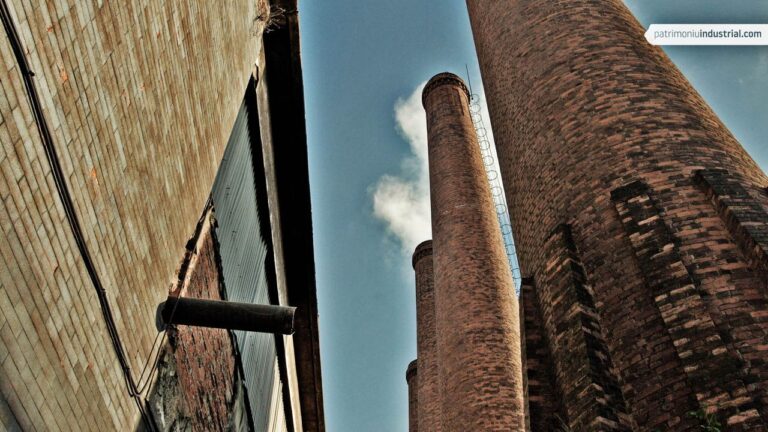
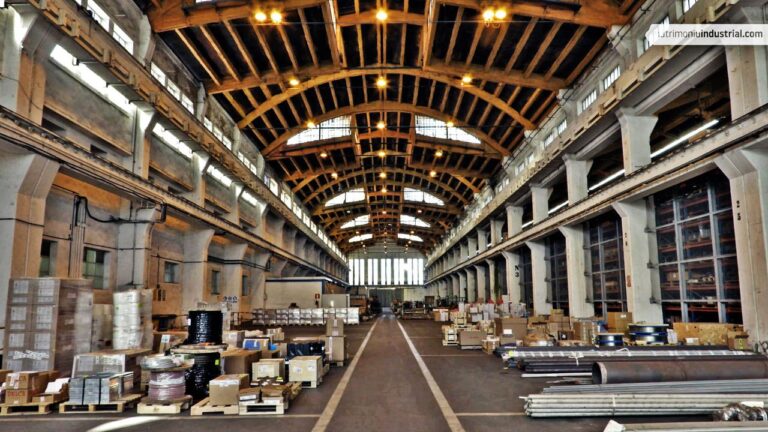

Recent Comments